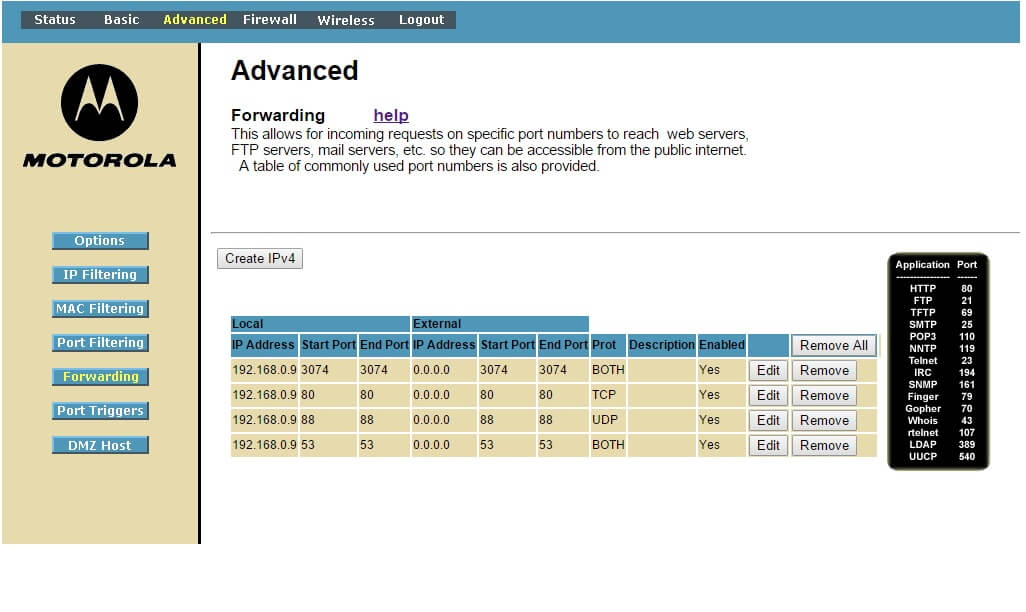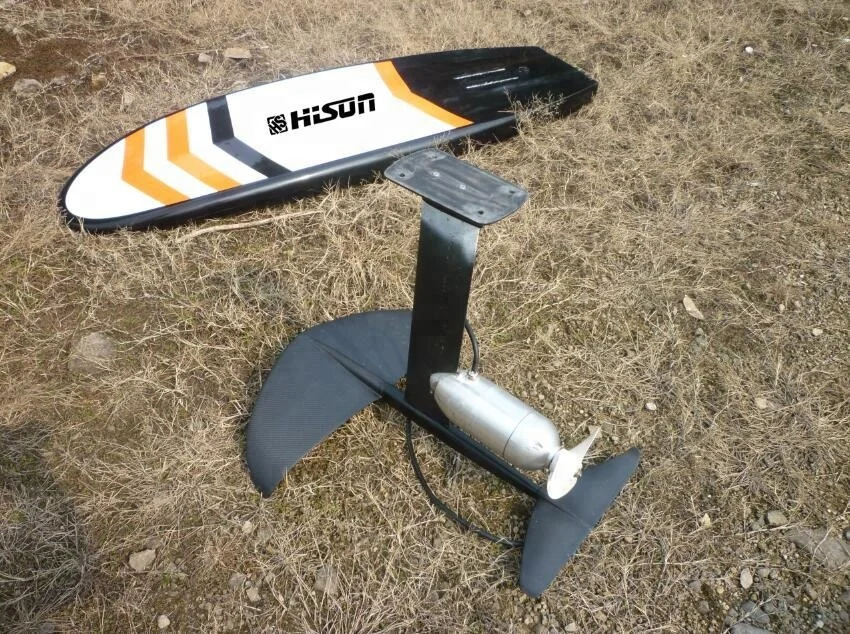

However, UPnP isn’t welcome in a business environment since a large number of devices, all shouting about their presence and capabilities on the local network, would take up a lot of traffic.

This is a very convenient capability for home and small office networks. The magic of “zero-configuration networking” – creating networks that don’t require a human to set up – allows any UPnP compatible device from any manufacturer to join a network, get an IP address, make its presence known, and learn about other devices. It allows devices on the same network to discover each other, open ports, and work together seamlessly. UPnP – Universal Plug and Play – is a set of protocols (read: communication rules) that make automated port forwarding happen. It’s accomplished via Universal Plug and Play. However, it can also be done automatically to make the life of the everyday user easier. If the need arises – for example, you decide to host your website on a server at home – you can set up port forwarding manually, and the process is discussed later in this article. If you have not run into it in your daily life, installing a VPN is unlikely to change too much. Having the above in mind, it’s clear why most users have no need for VPN port forwarding. That’s when you need a VPN that forwards those ports.Ĭreating secure servers and home networks: this only applies to the most advanced users, but VPN port forwarding is key to creating secure servers and home networks. Do you need VPN port forwarding?Īlthough port forwarding might not be necessary for most VPN users, there are reasons why it might come useful:Īccessing your home network: if you set a virtual private network at your home, you may want to access it from a remote location. Thus, your home network is expanded to encompass all of the amazing gadgets you own. It tells the NAT to expect outside connections for a specific IP and port combination. īy setting it up on a router, you can enable easy connections to other devices connected to the router. Want to connect to your Internet of Things cooker while away on holiday? Need to access your home computer while at work? Have a baby cam and want to use it while away? All of that is made possible by port forwarding. This becomes an issue when you want to connect to one of such devices from outside of your home network. Anyone interacting with the router only sees its IP address, while IPs of the devices connected to the router remain invisible. Usually, NAT makes the devices connected to the router invisible from the outside. To deal with the issue of computers and phones having IPs that have duplicates around the world, NAT collects data packages from connected devices, writes down their addresses, slaps its own unique address on top, and forwards it online. There is a scarcity of IP addresses online, so only the router’s IP address is unique. Those port numbers are important because of the existence of the Network Address Translation (NAT) process in your router.


 0 kommentar(er)
0 kommentar(er)
